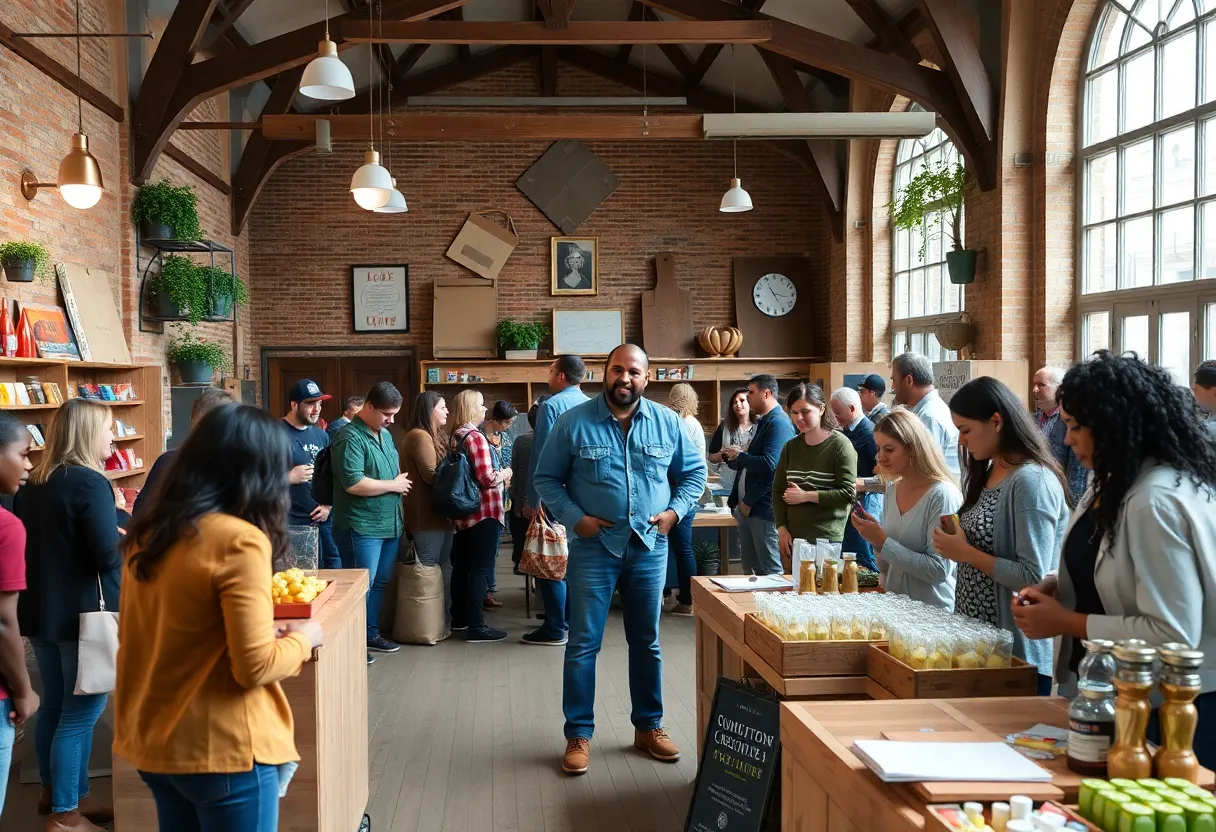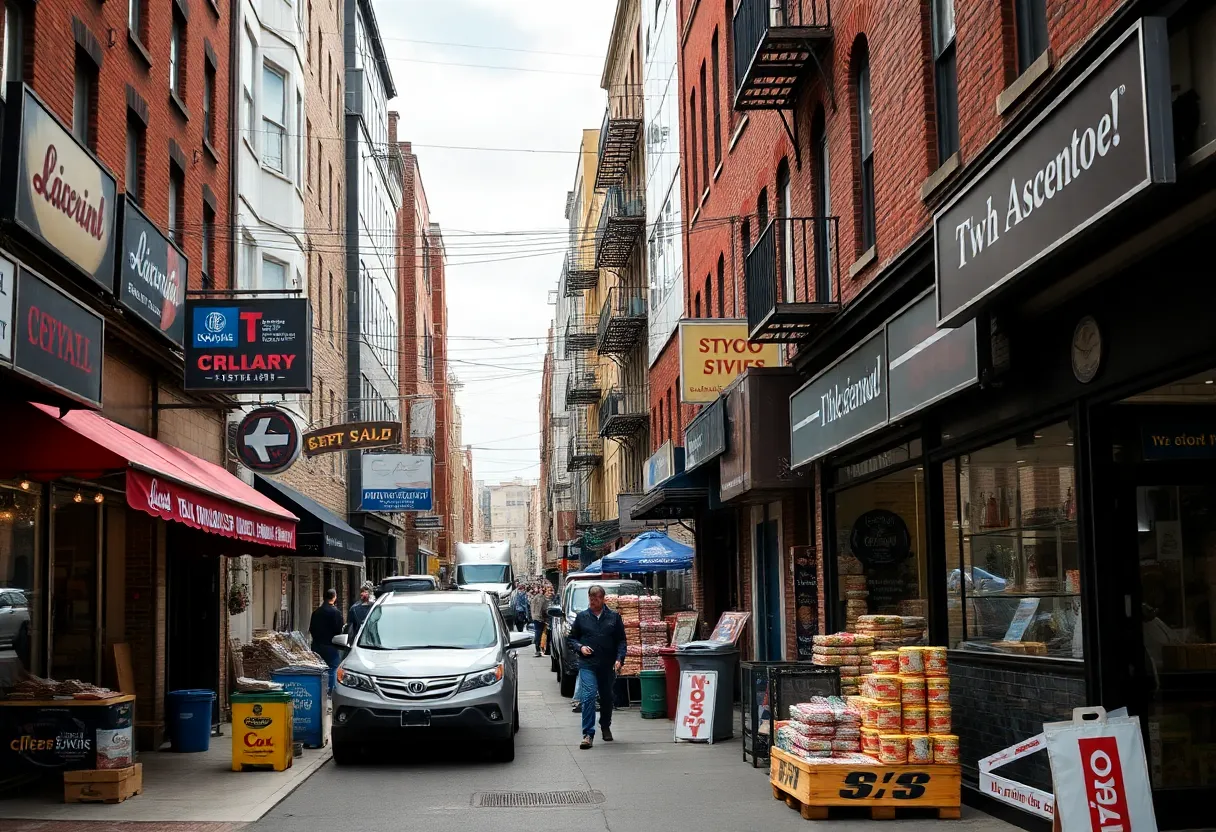News Summary
In Philadelphia, the rising costs of living are prompting many individuals to adopt ‘low-buy’ and ‘no-buy’ lifestyles, emphasizing conscious spending. Participants are reporting significant savings while promoting financial control and mental well-being. The movement is thriving on social media, with increased interest in these trends as people seek to improve their financial situations during economic uncertainty. Many are sharing their journeys and finding community support in their endeavors to reduce unnecessary expenditures while embracing a rewarding and sustainable lifestyle.
Surge in “Low-Buy” Lifestyle Trends Amid Rising Costs and Economic Concerns
Philadelphia is buzzing with a new wave that’s steering people away from splurging and toward a more rewarding life of conscious spending. As grocery prices climb and the economy fluctuates, countless individuals are diving into the low-buy and no-buy challenges as a way to reclaim control of their finances and, importantly, their lives.
You may have noticed the buzz on social media, with many people sharing how they’re participating in these challenges, inspiring others to take a hard look at their own spending habits. Interest in these trends is higher than ever, with Google searches for “no spend challenge” hitting a record high in January 2025. More and more people want to know how they can spend less and save more, especially in these financially uncertain times.
The Personal Touch of Low-Buy Living
Many participants have reported some pretty impressive benefits from their low-buy endeavors. Savings are undoubtedly the biggest perk, with some participants, like Bonnie Arbittier from Center City, racking up impressive figures. She has kept a list of clothing purchases she’s resisted, sticking to her New Year’s resolution of not buying any clothes in 2025 and saving over $1,000 in the process!
Bonnie joined this movement after being inspired by TikTok videos showcasing low-buy lifestyles. Her story isn’t unique; participants across the Philadelphia area are adopting these habits with distinct goals in mind, whether it’s paying off debt, saving for big purchases, or making preparations for emergencies.
Changes in Lifestyle and Relationships
While there is no doubt that many are finding joy and satisfaction through their financial restraint, it isn’t all sunshine and rainbows, especially when it comes to dating. Some enthusiasts are finding it a bit challenging to navigate their romantic lives due to their new lifestyle changes. Love may look a little different when you’re actively seeking out free or low-cost outings instead of hitting up that trendy restaurant!
The Variety of Approaches
What’s fascinating about the low-buy trend is the diversity in how people tackle the challenge. Some folks go all in and cut every nonessential purchase from their budget, while others take a more tailored approach, focusing just on specific categories. For instance, Mylena Sutton has adopted a more intentional view of her expenditures, cutting back significantly due to the eerie economic climate.
Another participant, Kacii Hamer, has made some drastic shifts in her habits, saving around $5,000 in 2025 alone! She’s not merely cutting costs; she’s growing her own food, opting to make her dairy products from scratch, and opting out of nonessential purchases. The upside? Kacii is not only saving money, but she’s also finding a tremendous boost in her mental and physical well-being through increased time spent on hobbies and outdoor activities.
Community and Support
For some, the journey into low-buy living has stretched beyond personal finance into community engagement. Rachel Dwyer, a long-time fan of thrift stores and Buy Nothing groups, highlights how the concept of delayed gratification plays a vital role in her approach to managing expenses.
Experts are finding that setting monthly goals and tracking progress can lead to greater positive mental health outcomes. The emotional ties we have with spending are complex, and many have discovered that resisting the urge to overconsume actually leads to feelings of happiness and calm, thanks to the release of those lovely brain chemicals.
Join the Movement!
So, if you’re feeling overwhelmed by rising prices or the thought of overextending your budget, perhaps it’s time to join this growing community of low-buy enthusiasts. Whether you choose to embark on a no-buy challenge for a month or just cut down on certain expenditures, every little bit helps! With the camaraderie found in shared experiences, social media’s role in this trend is boundless, providing an energetic platform for support and inspiration. Your wallet and your mind may just thank you!
Deeper Dive: News & Info About This Topic
HERE Resources
Additional Resources
- Inquirer: No-Low Buy Challenge in Philadelphia
- CBS News: Trendy Low-Buy Years
- 6ABC: How Successful Spend Challenge Change Spending Habits
- NBC News: Viral No-Spend Challenge
- WANE: No-Buy 2025 Challenge Inspired by Inflation
- Wikipedia: Consumer Behaviour
- Google Search: Spending Habits
- Google Scholar: Low-Buy Challenges
- Encyclopedia Britannica: Financial Planning
- Google News: No Buy Challenge







